Click below to listen to my 2 min. Garden Bite radio show: Lake shoreline plantings
I visited friends on a lake and noticed the plantings (or not) of the various properties.
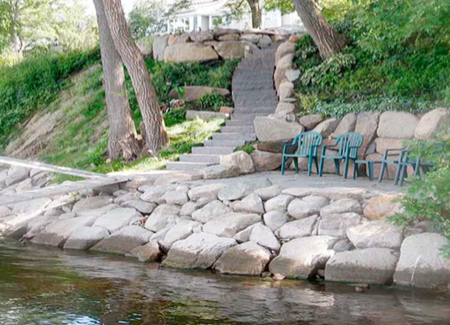

- Shoreline planting provides physical stabilization of a lakeshore or river bank. The extensive root systems of native plants embrace the soil and hold it in place.
- They also benefit the water ecosystem by filtering-out pollutants from water runoff, creating healthy shoreline habitat.
- Attracting birds, butterflies and hummingbirds.
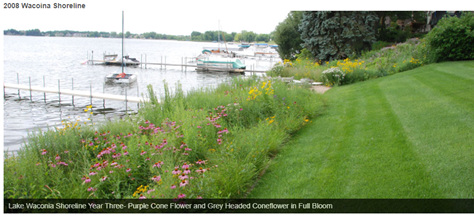
While it’s a great idea to contact your local Soil and Water Conservation District to find what plants are best for your particular area, there are some good overall choices to consider.
These plants for wetlands/lakeshore are native to the Upper Midwest and you can find them at nurseries like Prairie Moon or Prairie Nursery out of Wisconsin offers plans for buffer zones.
The 2nd best time to plant is mid-August to mid to late September, depending on your weather conditions.
Swamp milkweed grows 3 to 4 ft tall in sun to part shade. It’s a close relative of the common milkweed and monarch love IT too.
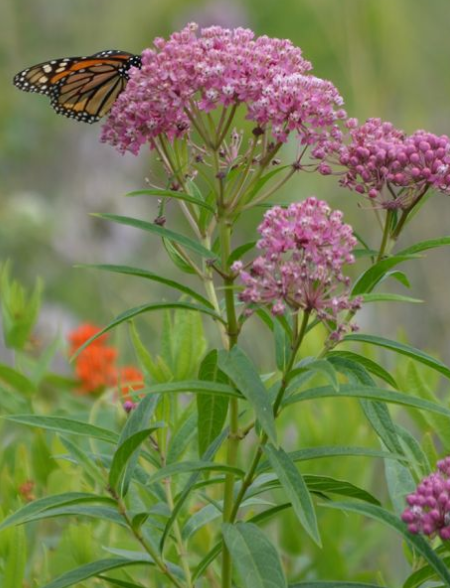
Blue vervain is pretty awesome. It has multiple delicate blue flowers and grows 2 to 6 ft. tall in sun to part shade. Sandpipers, cardinals and juncos eat the seeds and, bonus, due to its high nectar content, bees and butterflies visit blue vervain. Best of all, it blooms all summer.
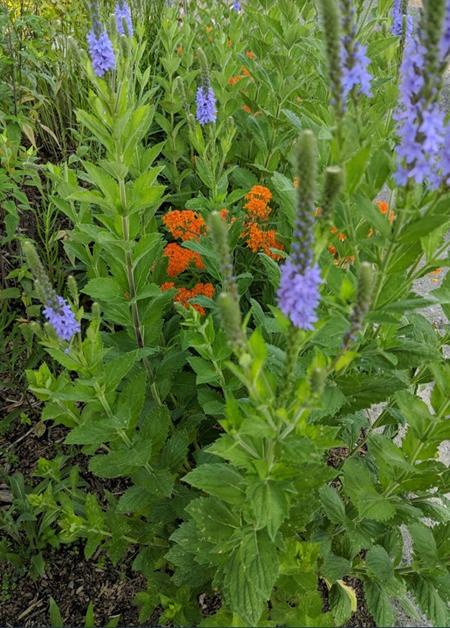
As for a shrub, Chokecherry is great and grows to about 20 ft in sun to part shade. It’s spring flowers are incredibly aromatic! Ruffed grouse and many other birds and mammals (chipmunks, fox, bears) love the berries. Often, a dozen or more birds can be seen feeding actively on ripe cherries in a single shrub.
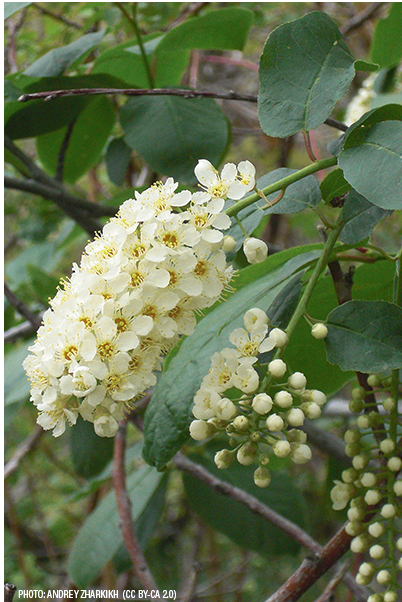
Top 10 shoreline plants from University of Wisconsin Burnett County.
